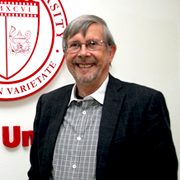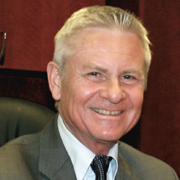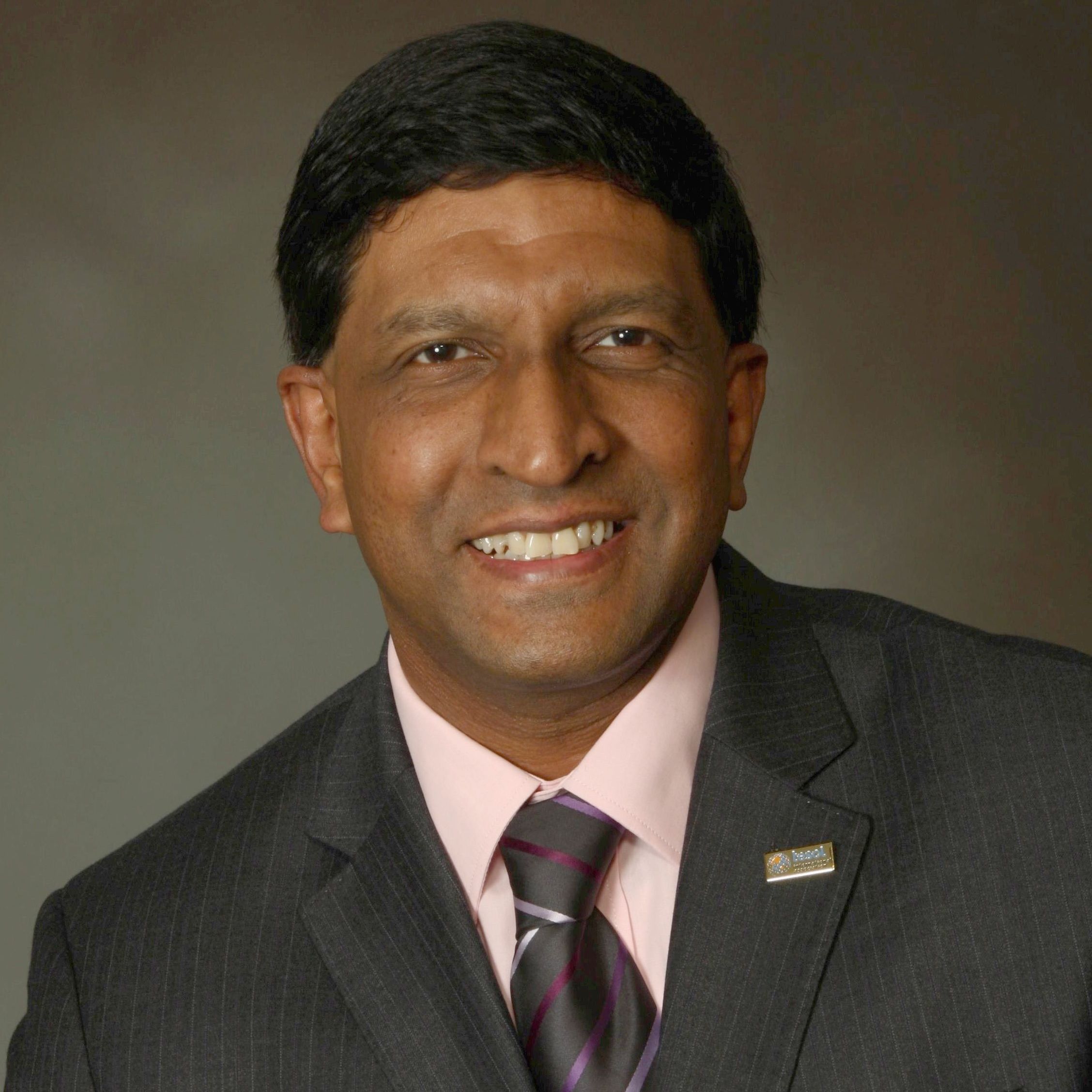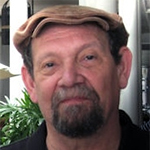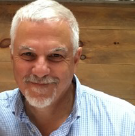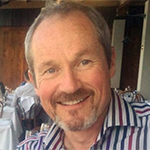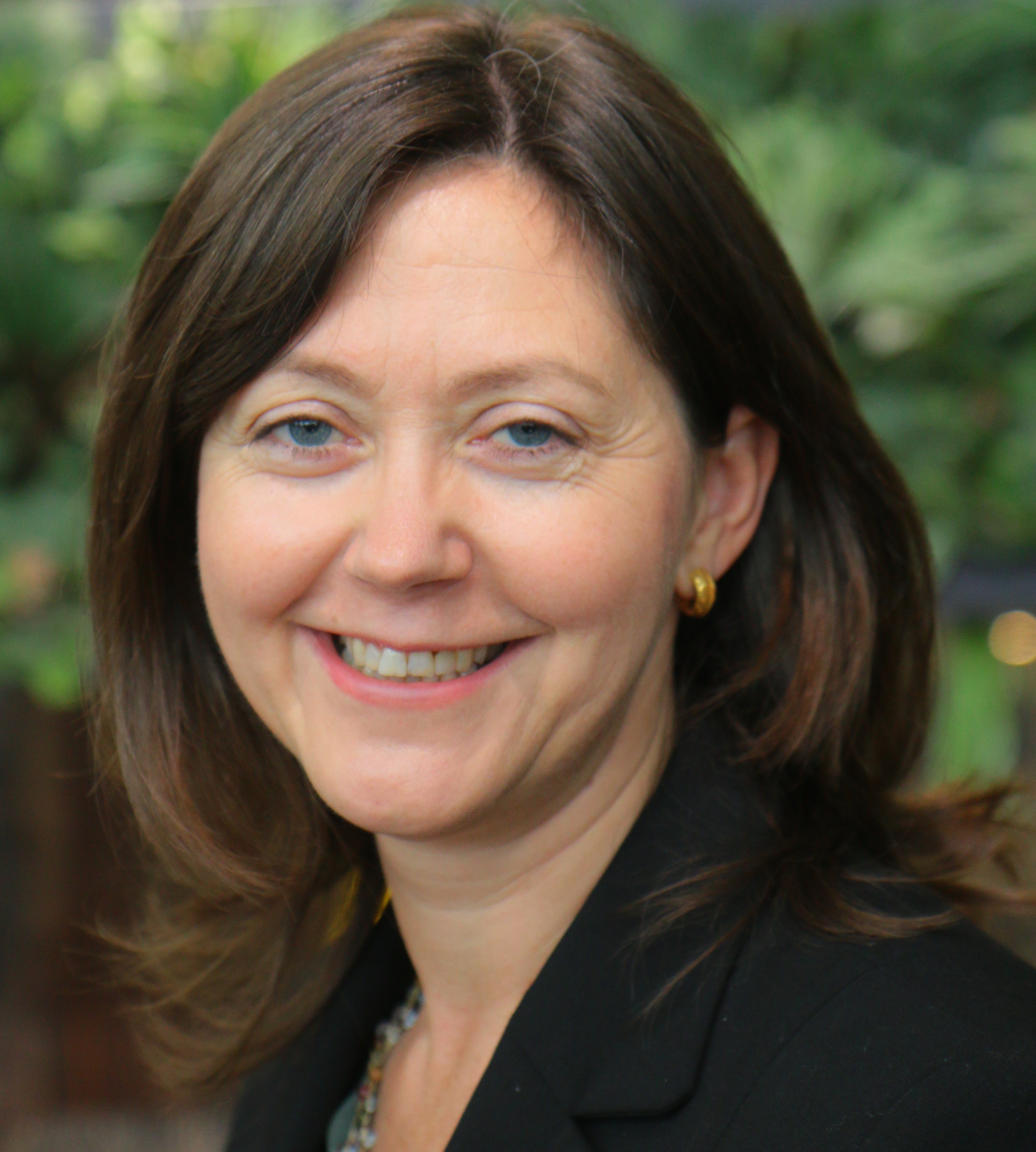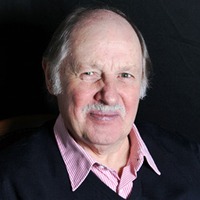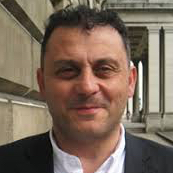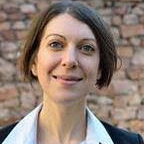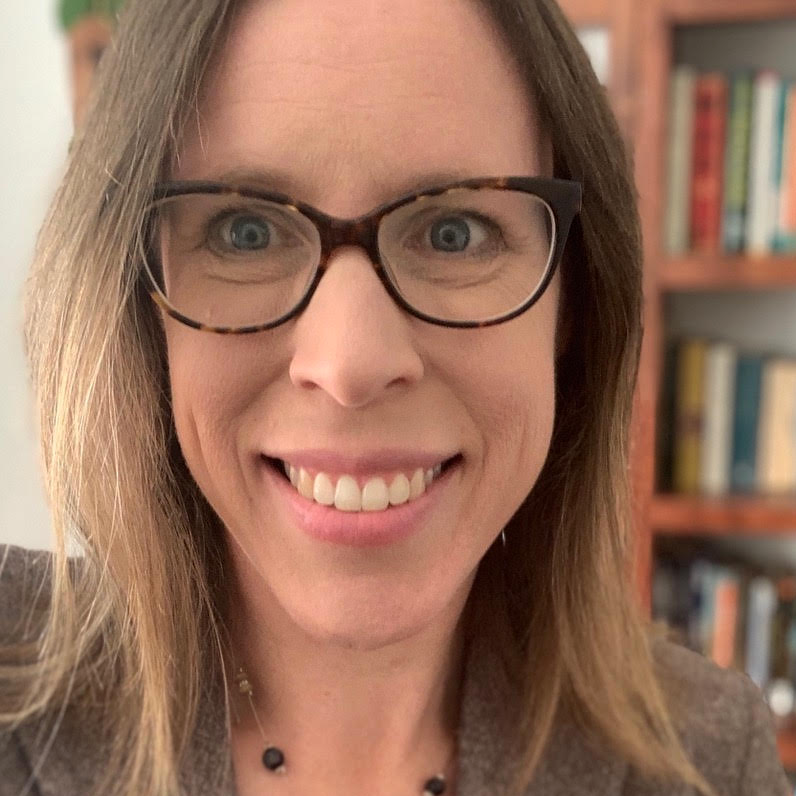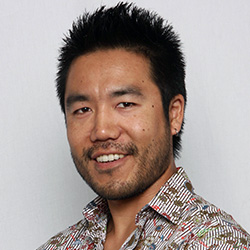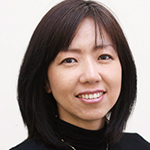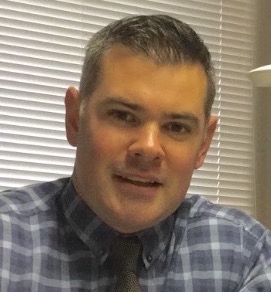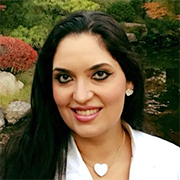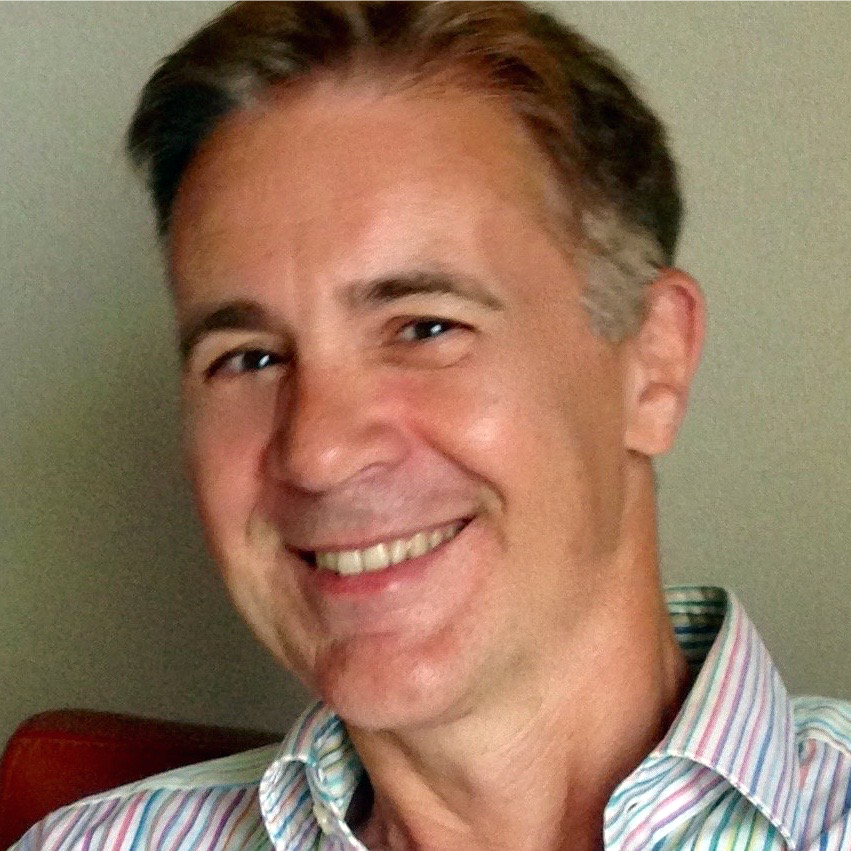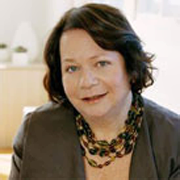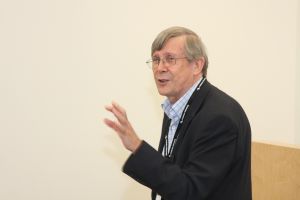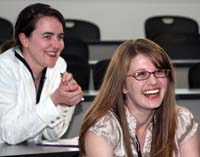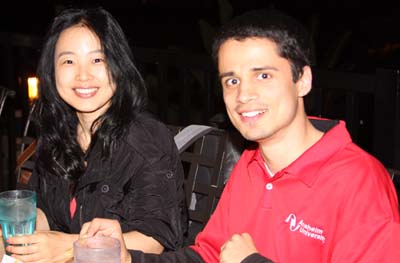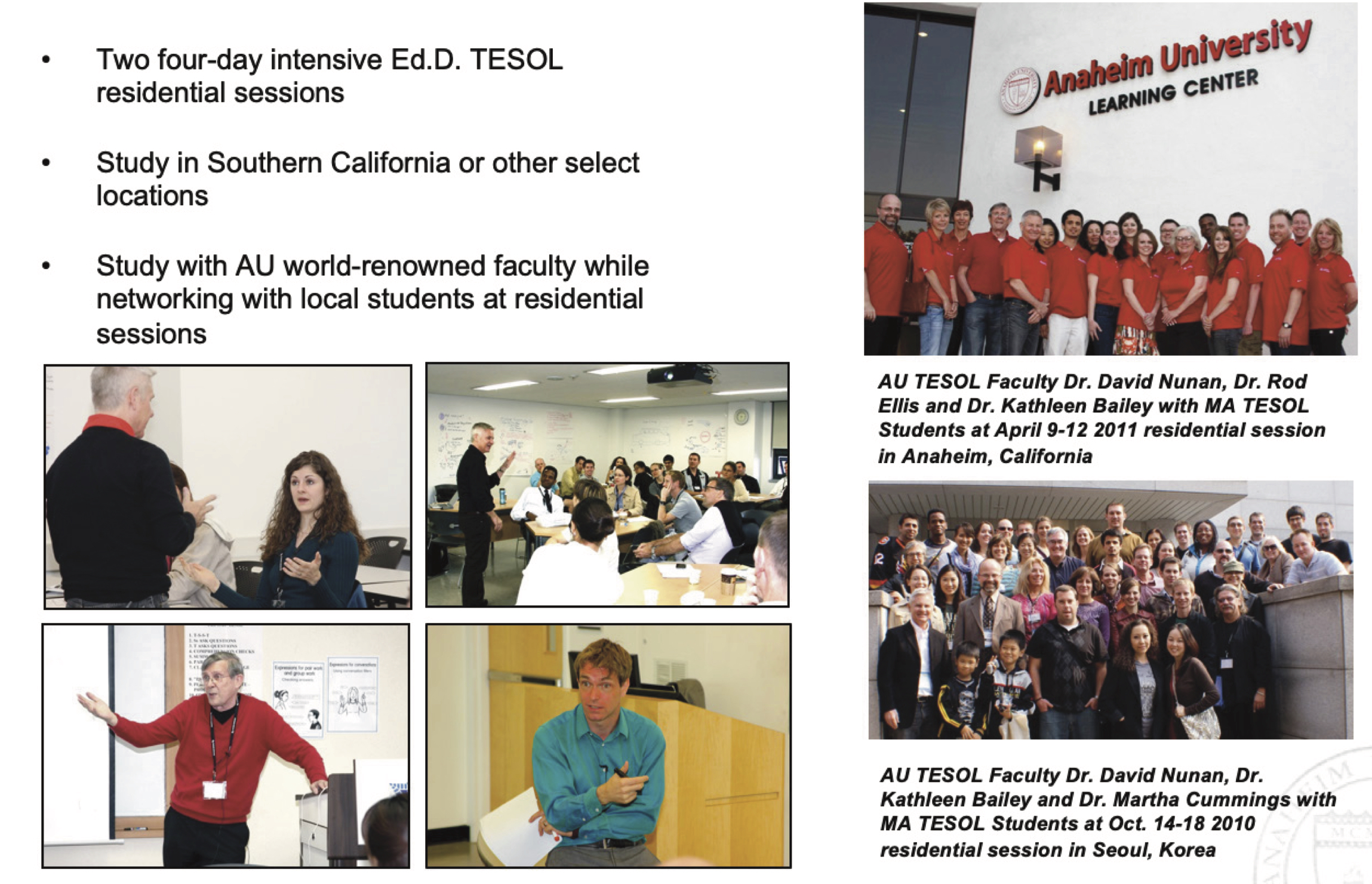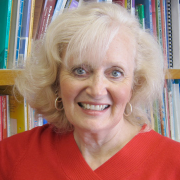
Professor: TESOL
Dr. MaryAnn Christison is a TESOL Professor in the Anaheim University Graduate School of Education. A past President of TESOL (1997-1998), MaryAnn Christison serves on the Board of Trustees for The International Research Foundation (TIRF). Holding a Ph.D. in English/Linguistics from the University of Utah, Dr. Christison has been teaching graduate and undergraduate courses in applied linguistics for over 30 years. She is the author of over 80 refereed articles in journals on language teaching and second language research and 18 books including Leadership in English Language Education: Theoretical foundations and practical skills for changing times (with D. E. Murray), A Handbook for Language Program Administrators (2nd Edition) (with F. L. Stoller), What language teachers need to know: Understanding learning (with D. E. Murray), What language teachers need to know: Facilitating learning (with D. E. Murray), Multiple intelligences and language learning, and Learning to teach languages. She has been a classroom teacher for 38 years, teaching in U.S. K-12, adult education, and university contexts. She has developed many multi-media projects, and online ESL Endorsement program, and four online courses for language teachers. Christison has been a teacher educator for over 20 years, working with teachers in the U.S. and in over 30 different countries. Her current research interests are in leadership, second language teacher development, and language and the brain.
MaryAnn Christison, Ph.D.
Welcome to Anaheim University. I am so pleased to be a part of the team of TESOL faculty members and so excited to work with you in some of your TESOL classes. Working in an online environment is exciting for me as a teacher because I get to work with you—students and teachers from all over the TESOL world, to learn about the challenges you face in English language teaching, and to work with you in finding solutions. Through this process I advance my own understanding of the world of English language teaching. There is always so much to learn about English language teaching no matter how many years one spends in the classroom. We are involved in a vibrant and expanding profession—expanding in terms of the number of teachers entering the profession and the amount of research about second language acquisition and second language pedagogy that we have available to us. I have been involved in the TESOL profession since 1976 and have worked as a language teacher and a teacher educator in many different contexts. I hope that I can draw on these experiences in my interactions with you to create an online environment that will be not only useful, but also exciting. I want you to feel that you have a community to which you belong. My research interests fall into three general categories—second language teacher development, teacher leadership, and language and the brain.
Publications: Books
- (in progress) Second language teacher education in practice (edited volume)
- (under review) What language teachers need to know Volume III: Designing Curriculum(with D. Murray). New York: Routledge/Taylor & Francis.
- (under review) Integrating content and language in second and foreign language teaching. Ann Arbor, MI: University of Michigan Press.
- (in press) Learning to Teach Languages. Ann Arbor, MI: University of Michigan Press. (2012) A Handbook for language program administrators. 2nd Edition. (with F. Stoller). Alta Book Center Publishers. San Francisco, California.
- (2011). Collaborative language teaching and learning: Creating community in the language classroom. Miami, Fl: Alta Book Center Publishers.
- (2010) (with D. E. Murray). What teachers need to know Volume 1: Understanding learning. New York: Routledge/Taylor and Francis.
- (2010) (with D. E. Murray). What teachers need to know Volume II: Facilitating learning. New York: Routledge/Taylor and Francis.
- (2009) Leadership in English language education: Theoretical foundations and practical skills for changing times. (with D. Murray). New York: Routledge/Taylor and Francis.
- (2007) Seeking the heart of teaching (with A. Palmer). Ann Arbor, MI: University of Michigan Press.
- (2007) Multiple intelligences and language learning: Theory, activities, inventories, and resources. Burlingame, CA: Alta Book Center Publishers.
- (1998) A handbook for language program administrators. Alta Book Center Publishers. Burlingame, California.
- (1995) Community spirit. A guide to collaboration in language learning. Alta Book Center Publishers. Burlingame, California.
- (1995) Purple cows and potato chips: A guide to multi-sensory language teaching. Alta Book Center Publishers. Burlingame, California.
- (1995) Drawing out. Alta Book Center Publishers. Burlingame, California.
- (1995) Look who’s talking. Alta Book Center Publishers. Burlingame, California.
- (1993) Social studies: Content and learning strategies. Addison Wesley/Longman Publishers. White Plains, New York.
- (1993) Life science: Content and learning strategies. Addison Wesley/Longman Publishers. White Plains, New York.
- (1993) Physical science: Content and learning strategies. Addison Wesley/Longman Publishers. White Plains, New York.
ARTICLES, REVIEWS. AND CHAPTERS IN BOOKS (a partial listing)
- (in progress) Secondary teachers and students perspectives on content-area reading (with K. Lindahl, E. Swan, & N. Watkins).
- (under review) Addressing Language Demands for Content Area Teachers (with K. Lindahl & N. Watkins).
- (forthcoming with D. Murray) Policy development for innovation and renewal in English language education. In C. Tribble (Ed.) Managing change in ELT: Lessons from experience. London, U. K.: The British Council.
- (2012) Book review. Larson-Hall, J. (2009). A guide to doing statistics in second language research using SPSS. New York: Routledge Taylor & Francis. Modern Language Journal.
- (forthcoming) (revise and resubmit). Using teacher-based peer assessments in TESOL practicum courses (with Lindahl, K. & Tomaš, Z.) TESOL Quarterly. Alexandria, VA: TESOL, inc.
- 2011. Book review. Crawford, J. (2008) Advocating for English learners: Selected essays. London, UK: Clevedon Press.To appear in Modern Language Journal.
- 2011. Book review. Ofelia Garcia (2009). Bilingual Education in the 21st century: A global perspective. Oxford, UK: Wiley-Blackwell Publishing. To appear in Modern Language Journal.
- 2010. Paper. Learning Styles in the EFL Classroom. Selected Papers from the 2010 FAAPI Conference, Cordoba Argentina.
- (2010) Invited chapter. Negotiating multiple identities. In D. Nunan & J. Choi (Eds.) Language, culture and identity: A microethnographic approach. New York: Routledge/Taylor & Francis.
- (2009) Current views on the application of multiple intelligence theory in ELT. In Selected Papers from the Seventeenth International Symposium on English Teaching. English Teachers Association, Republic of China, Taipei, November 14-16, 2008.
- (2009) Assessment for learning (with A. Palmer) in Selected Papers from the Seventeenth International Symposium on English Teaching., English Teachers Association, Republic of China, Taipei, November 14-16, 2008.
- (2009) The ecology of leadership in ELT (with D. Murray). In M.A. Christison and D. Murray Leadership in English language education: Theoretical foundations and practical skills for changing times. Mahwah, NJ: Lawrence Erlbaum Associates.
- (2009) A model for leadership in ELT – Leadership IQ (with D. Murray) In M.A. Christison and D. Murray Leadership in English language education: Theoretical foundations and practical skills for changing times. Mahwah, NJ: Lawrence Erlbaum Associates.
- (2009) Instructional leadership: Teachers as leaders (with K. Lindahl). In M.A. Christison and D. Murray Leadership in English language education: Theoretical foundations and practical skills for changing times. Mahwah, NJ: Lawrence Erlbaum Associates.
- (2009) The role of emotional intelligence in ELT leadership (with D. Murray). In M.A. Christison and D. Murray Leadership in English language education: Theoretical foundations and practical skills for changing times. Mahwah, NJ: Lawrence Erlbaum Associates.
- (2009) Organizational structures (with D. Murray) In M.A. Christison and D. Murray. Leadership in English language education: Theoretical foundations and practical skills for changing times. Mahwah, NJ: Lawrence Erlbaum Associates.
- (2009) Planning strategically (with D. Murray) In M.A. Christison and D. Murray
- Leadership in English language education: Theoretical foundations and practical skills for changing times. Mahwah, NJ: Lawrence Erlbaum Associates.
- (2009) Building effective teams (with D. Murray) In M.A. Christison and D. Murray
- Leadership in English language education: Theoretical foundations and practical skills for changing times. Mahwah, NJ: Lawrence Erlbaum Associates.
- (2009) Developing leadership IQ in ELT (with D. Murray) In M.A. Christison and D. Murray Leadership in English language education: Theoretical foundations and practical skills for changing times. Mahwah, NJ: Lawrence Erlbaum Associates.
- (2006) Multiple intelligences in EFL: Exercises for secondary and adult students. Book Review. TESL Reporter. Vol. 39, Number 2, 76-78.
- (2005) Assessment as a starting point in second language teacher education. Proceedings from the EFL Testing and Evaluation Forum, American Hellenic Center, October 16, 2004, Athens, Greece.
- (2005) Considerations for ELT in the 21st century (Chapter 14). In M. Field and J. Fegan (Eds.) Education Across Borders: Philosophy, Policy, Pedagogy—New Paradigms and Challenges. Tokyo, Japan: Waseda University Media, 215-236.
- (2004) Using learning theory and research to create effective EFL instruction. In Selected Papers from the Thirteenth International Symposium on English Teaching., English Teachers Association, Republic of China, Taipei, November 12-14, 2004, pgs.33-43.
- (2003) Learning styles and strategies. In D. Nunan (Ed.) Practical English Language Teaching. pgs. 267-288. New York, NY: McGraw Hill International.
- (2002) Brain-based research & language teaching. English Teaching Forum. Volume 40, Number 2, pgs. 2-7, April 2002.
- (2001) Multiple intelligences: Teaching to the whole student. ESL Magazine. September/October 2001, pgs. 10-13.
- (1999) Report on the 1999 TESOL Research Symposium. TESOL Matters (October/November 1999) Vol. 9, No. 5, pg. 9. Alexandria, Virginia: TESOL, inc.
- (1999) Can Multiple Intelligences theory be useful in addressing issues of diversity in higher education? Proceedings from the Berklee School of Music 5th Annual Symposium on Teaching. May 1999. Boston, Massachusetts
- (1999) Multiple intelligences: Theory and practice in adult ESL. ERIC Digest. December 1999, ECO-LE-99-07. Washington, D.C.: National Clearinghouse for ESL Literacy Education.
- (1999) Applications of brain-based research to second language teaching and learning: Part II. TESOL Matters, Vol. 9, No. 3, July 1999.
- (1999) Applications of brain-based research to second language teaching and learning: Part I. TESOL Matters, Vol. 9, No. 2, May 1999.
- (1998) Gabriela Mistral: A Life of Service and Passion. In D. Mendelsohn (Ed.). Expanding Our Vision. Ontario, CA: Oxford University Press, pgs 60-73.
- (1998) Applying MI theory to inservice and preservice TEFL programs. In English Teaching Forum. Volume 36. No. 2. 2-13. Washington, D.C. July 1998.
- (1998) Applying learning styles in the L2 classroom. SST Journal: Research and Classroom Issues for Teachers of English to Speakers of Other Languages. pgs.34-42. Fall 1998.
- (1998) The science of extraordinariness and L2 teaching. February/March. 1998. TESOL Matters. Vol. 8, No. 1. p. 3, Alexandria, VA: TESOL.
- (1998) Creating an optimal learning environment. December 1997/January 1998. TESOL Matters. Vol. 7, No. 6. p. 3. Alexandria, VA: TESOL.
- (1997) A higher standard of leadership. October/November. 1997. TESOL Matters. Vol. 7, No. 5, p. 3. Alexandria, VA: TESOL
- (1997) Applying mind-based principles to L2 teaching. August/September. 1997. TESOL Matters. Vol. 7, No. 4, p. 3. Alexandria, VA: TESOL.
- (1997) Emotional intelligence and second language teaching. June/July. 1997. TESOL Matters. Vol. 7, No. 3., p. 3. Alexandria, VA: TESOL.
- (1997) Creativity in second and foreign language teaching. April/May. 1997. TESOL Matters. Vol. 7, No. 2. p. 3.
- (1997) Multiple Intelligence Theory and Its Application to Teaching English as a Second and Foreign Language. In J. Reid (Ed.) Learning Styles in the Second Language Classroom, Regents/Prentice Hall.
- (1997) The effect of classroom participation structure on second language acquisition and retention of content. Proceedings of the 1997 Georgetown University Roundtable. 1997.Washington, D.C.: Georgetown University
- 1996) Teaching and Learning Languages Through Multiple Intelligences. TESOL Journal. Volume 6. No. 1, Autumn 1996. Alexandria, VA: TESOL.
- (1996) Multiple Intelligences and Second Language Learners. Journal of the Imagination in Second Language Learning. Volume 3, 1996.
- (1996) Applying Multiple Intelligence Theory in the Foreign Language Classroom. MEXTESOL Journal. Volume 19, Number 3.
- (1996) Expanding student learning styles through poetry (with S. Bassano, Santa Cruz Adult School) in (ed.) J. Reid Using Learning Styles in the ESL/EFL Classroom, 63-73. Boston, Mass: Heinle and Heinle.
- (1996) Drawing Out Communication: Student-created Visuals as a means for promoting language development in adult ESL classrooms. ( with S. Bassano, Santa Cruz Adult School) in (Ed) J Reid Using Learning Styles in the ESL/EFL Classroom. 96-107. Boston, Mass: Heinle and Heinle.
- (1995) Learning recruitment from you IEP (with F. Stoller, Northern Arizona University). NAFSA Newsletter. Volume 46, Number 1, pgs. 6-8 and 47.
- (1995) Action Research: Techniques for Collecting Data through Surveys and Interviews. The CATESOL Journal 8:1, 89-104.
- (1994) A case for dismantling teacher training programs.” Journal of Intensive English Studies. Winter Volume.
- (1994) Challenges for IEP administrators: Liaison with senior level administrators and faculty development. (with F. Stoller, Northern Arizona University). TESOL Journal. 3: 3, 16-20.
- (1993) Belief System Realignment. Snow Faculty Studies. Volume II, 65-69. (1990) Cooperative Learning in the EFL Classroom. English Teaching Forum, Volume 29, Number 4, October 1990.
- (1989) Collaborative Learning Across the Curriculum. FOCUS 1989. Utah System of Higher Education, Salt Lake City, Utah.
- (1986) Student Perceptions of Academic Language Study (with K. Krahnke). TESOL Quarterly, Volume 20, Number 1, 61-82.
- (1983) Recent Second Language Research and Some Language Teaching Principles (with K. Krahnke). TESOL Quarterly, Volume 17, Number 4, 1983.










